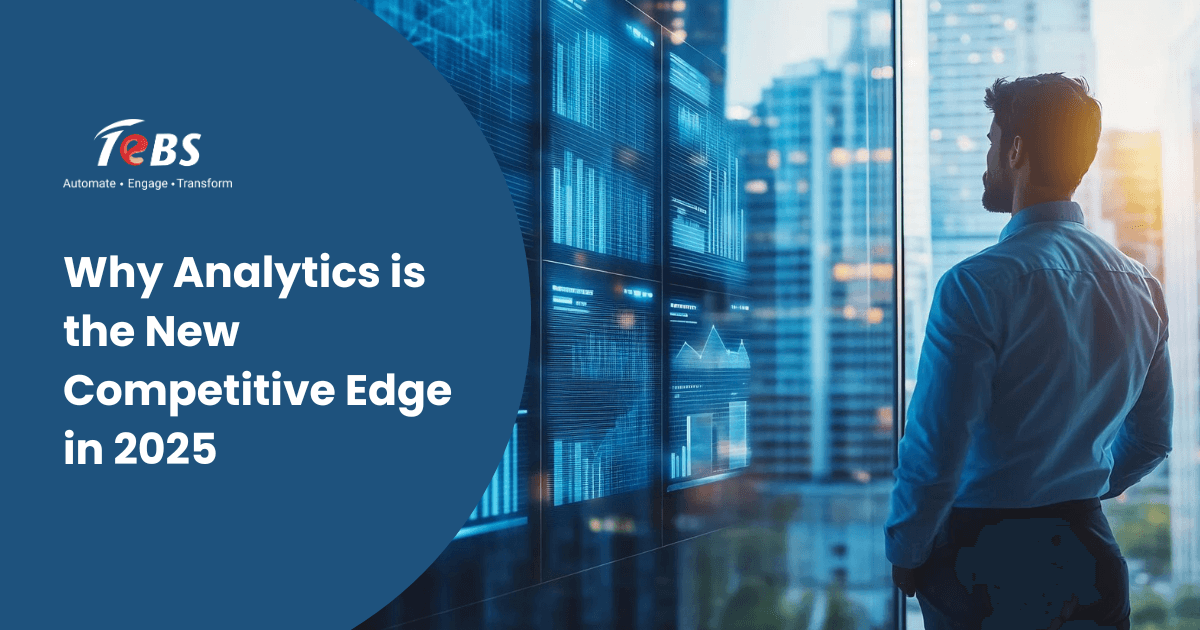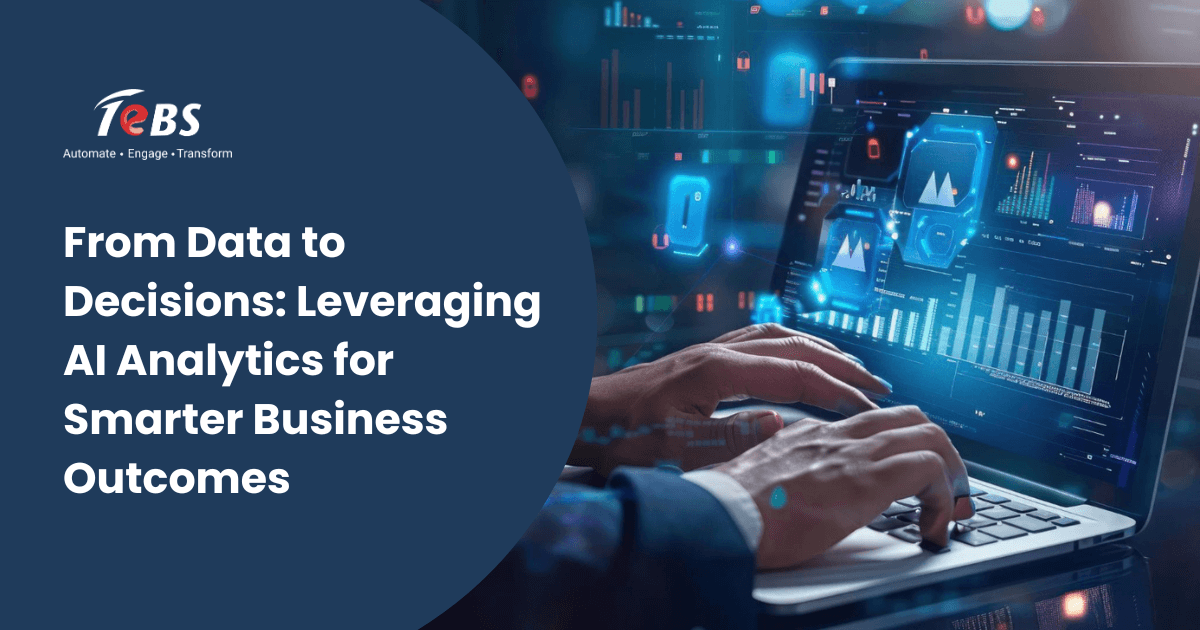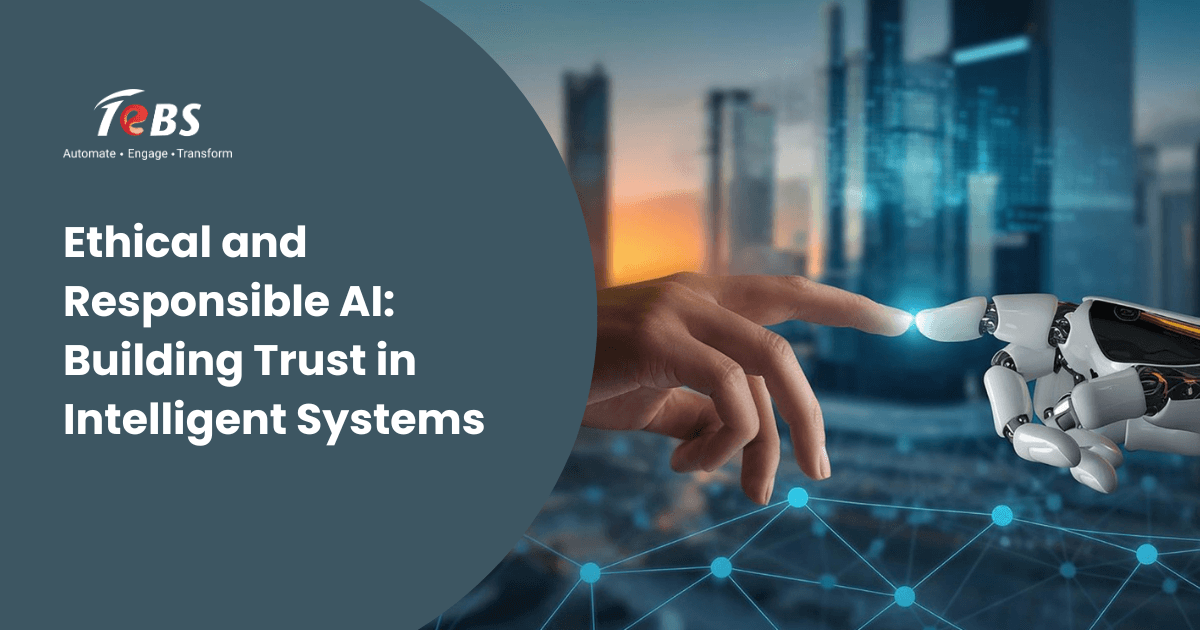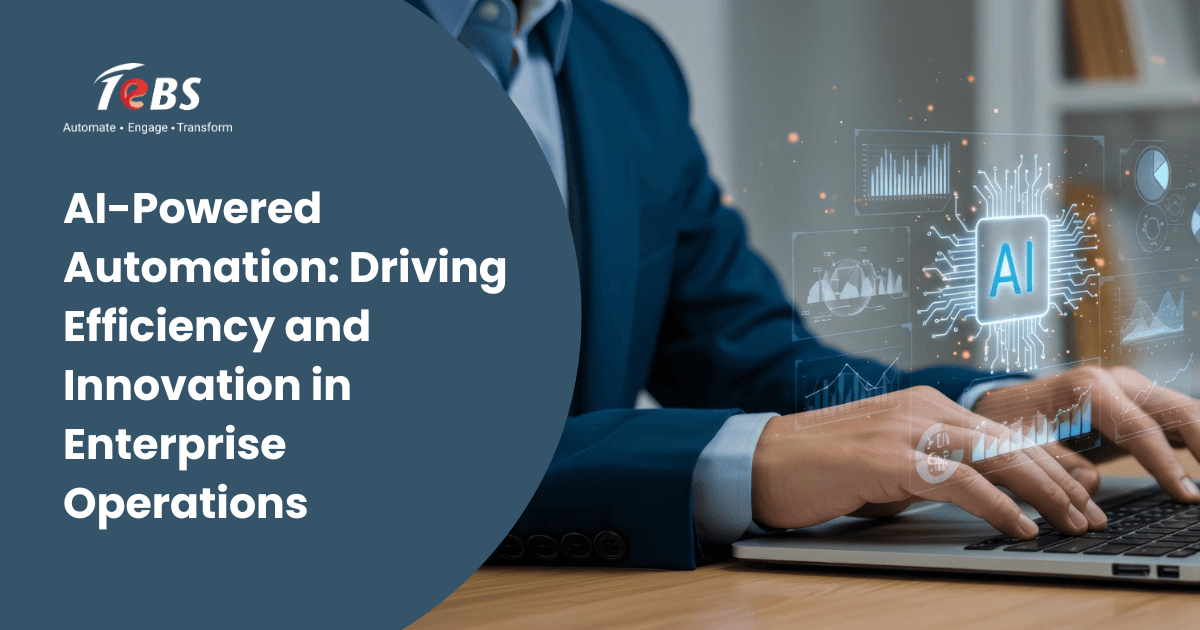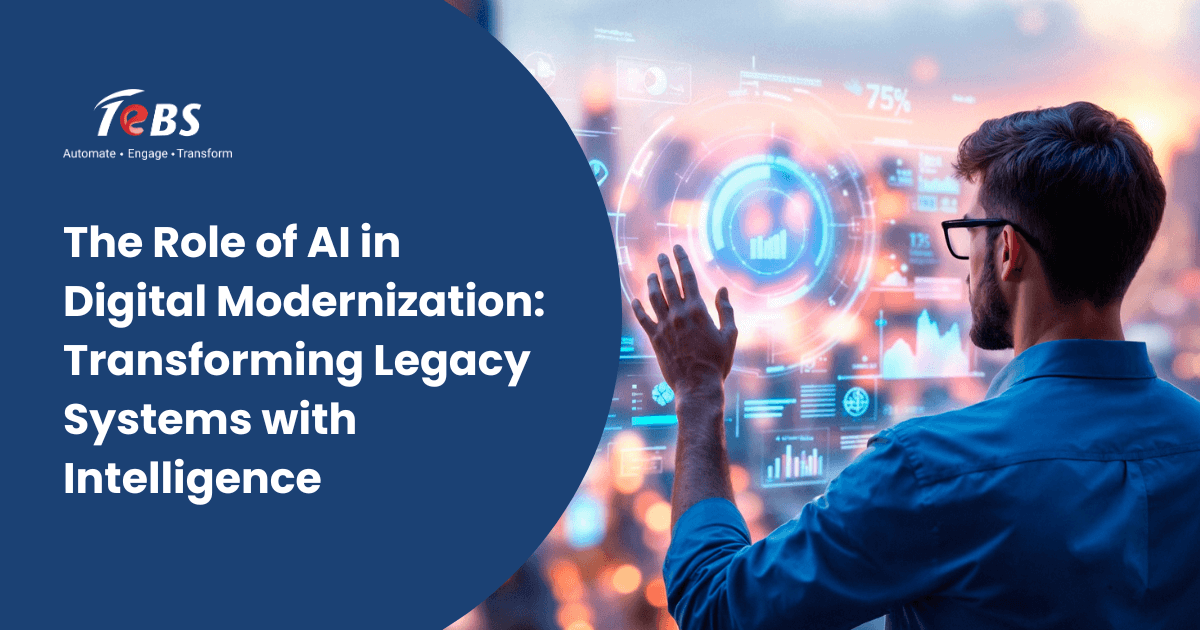Summary
Introduction: Data-driven transformation as a business necessity in 2025
Business leaders across industries are realizing that success in 2025 isn’t determined by size, history, or even market share—it’s determined by how effectively an enterprise leverages data. The ability to transform raw information into actionable insights has become the deciding factor between companies that merely survive and those that thrive. With customer behaviors shifting rapidly, supply chains evolving, and digital ecosystems expanding, enterprises can no longer rely on intuition or past experience alone. A data-driven enterprise is one that treats data as a strategic asset, embedding analytics into decision-making, operations, and customer engagement.Why enterprises can’t afford to ignore data analytics
Enterprises that delay their data transformation journeys risk losing competitive ground. Several factors underline this urgency:- Customer Expectations – Customers now demand personalized, real-time experiences. Without analytics, businesses struggle to anticipate needs and deliver relevant value.
- Operational Complexity – Global supply chains, remote workforces, and ecosystem partnerships make it impossible to manage operations without data-driven visibility.
- Competition – Digital-native companies are already using analytics to outperform traditional enterprises in speed, agility, and innovation.
- Risk Exposure – Geopolitical shifts, compliance regulations, and cybersecurity threats demand predictive, analytics-backed responses instead of reactive firefighting.
Ignoring analytics means working blind in a marketplace where competitors are guided by real-time intelligence. To dive deeper into how AI is transforming data and analytics roles in modern enterprises, see our article: How AI is Reshaping Data and Analytics Roles.
As Gartner highlights in their report on Top Technology Trends for 2025, organizations must shift from reactive operations to proactive, data-driven models to remain competitive and resilient.
Key components of a data-driven enterprise: people, processes, and platforms
A true transformation isn’t about technology alone. It requires a holistic framework:- People: Employees at every level must adopt a data-first mindset. From executives relying on dashboards for strategy to front-line teams using predictive insights, a culture of data literacy is essential.
- Processes: Decision-making processes need to be redesigned to embed analytics at every stage—whether it’s demand forecasting, financial planning, customer engagement, or product development.
- Platforms: Modern data platforms unify disparate data sources, enable real-time analytics, and scale as business needs evolve. Cloud technologies, AI, and advanced analytics tools ensure that enterprises can extract maximum value from their data.
When these three pillars align, enterprises unlock the full potential of data as a competitive edge.
TeBS provides enterprise-grade AI data analytics services to help unify and activate data across business functions.
Read more: Explore how AI-driven data management services support scalable analytics in modern enterprises
How advanced analytics enables smarter decisions
- What is happening right now? (real-time dashboards, IoT data streams)
- Why is it happening? (root cause analysis, anomaly detection)
- What will happen next? (predictive models, trend forecasting)
- What should we do about it? (prescriptive recommendations powered by AI)
TeBS enables these outcomes through analytics-powered AI business applications tailored to enterprise needs.
This progression empowers leaders to move from reactive decision-making to proactive and predictive strategies. Whether optimizing marketing campaigns, improving inventory levels, or identifying fraud, advanced analytics ensures decisions are timely, evidence-based, and aligned with business objectives.
To learn more about a leading analytics tool in enterprise, see Microsoft’s overview of Power BI, which exemplifies how businesses visualize, share, and act upon data insights.
Also read: How AI is reshaping data and analytics roles in 2025
Benefits: efficiency, agility, and competitive positioning
The advantages of becoming data-driven are tangible and measurable:- Operational Efficiency – By automating data collection, cleansing, and analysis, enterprises reduce manual effort and optimize workflows. Predictive maintenance, for example, prevents costly equipment failures.
- Agility and Speed – Data-driven enterprises can pivot strategies quickly. Real-time insights enable faster response to market shifts, regulatory changes, or customer feedback.
- Customer-Centric Growth – With real-time analytics, businesses personalize offerings, predict churn, and design experiences that increase loyalty.
- Stronger Risk Management – Predictive analytics identifies risks before they escalate, whether in compliance, finance, or cybersecurity.
- Competitive Positioning – Companies that leverage analytics consistently outperform rivals in innovation, profitability, and resilience.
TeBS helped a large enterprise personalize client journeys through real-time analytics and behavior tracking in this client optimization case study.
Traditional enterprises vs data-driven enterprises
| Factor | Traditional Enterprise | Data-Driven Enterprise |
| Decision-Making | Intuition-based; reliant on past experience | Analytics-backed; real-time and predictive insights |
| Agility | Low; slow to adapt to market changes | High; rapid response to shifts and disruptions |
| Customer Insight | Limited; based on surveys or historical data | Real-time; 360-degree view of customer behavior and preferences |
| Risk Management | Reactive; issues handled after they occur | Predictive; risks anticipated and mitigated in advance |
| Operational Efficiency | Manual processes; siloed data systems | Automated workflows; integrated platforms |
| Innovation | Incremental; constrained by limited insights | Continuous; driven by AI, experimentation, and trend forecasting |
| Data Accessibility | Restricted to IT teams; slow reporting | Self-service access across business units with user-friendly dashboards |
| Growth Potential | Static; dependent on existing markets | Scalable; fueled by data monetization, new products, and expanded ecosystems |
This comparison shows how enterprises that embrace analytics position themselves for long-term resilience and growth.
Conclusion: Building future-ready enterprises with analytics
As 2025 unfolds, the line between traditional and data-driven enterprises is growing sharper. Businesses that continue to rely on intuition or fragmented data will struggle to compete with those harnessing advanced analytics to anticipate trends, personalize customer experiences, and optimize operations. The journey requires cultural transformation, investment in platforms, and commitment to embedding data-driven thinking into every process.
Enterprises that act now will not only secure competitive advantage but also build resilience for an uncertain future. To explore how analytics can accelerate your transformation into a data-driven enterprise, connect with us at [email protected].
Explore how TeBS AI-powered enterprise solutions are driving data-first transformations across industries.
FAQs
What does it mean to be a data-driven enterprise?
A data-driven enterprise leverages data as a core strategic asset, embedding analytics into decision-making, processes, and customer interactions to achieve measurable business outcomes.
How do businesses benefit from analytics in 2025?
Businesses gain agility, efficiency, real-time insights, and predictive capabilities, enabling them to respond faster to market shifts and deliver personalized customer experiences.
What technologies drive data-driven transformation?
Key technologies include cloud data platforms, artificial intelligence, machine learning, predictive analytics, and business intelligence tools that integrate seamlessly with enterprise applications.
How can AI enhance data analytics?
AI enhances analytics by automating data processing, uncovering hidden patterns, enabling predictive modeling, and providing prescriptive recommendations that guide business actions.
What is a data-driven enterprise?
It’s an organization that prioritizes data-driven decision-making over intuition, using advanced analytics to shape strategies, manage risks, and drive innovation.
Why is being data-driven important for businesses in 2025?
With competition intensifying and customer expectations rising, being data-driven is critical to staying relevant, competitive, and resilient in a volatile business landscape.
What tools do enterprises use to become data-driven?
Enterprises use cloud-based data warehouses, AI-powered analytics platforms, visualization dashboards, and automation tools to streamline data collection, analysis, and reporting.
How do data-driven companies make better decisions?
By analyzing real-time and historical data, data-driven companies move beyond guesswork. They base decisions on facts, predict outcomes, and implement strategies with higher accuracy and impact.

